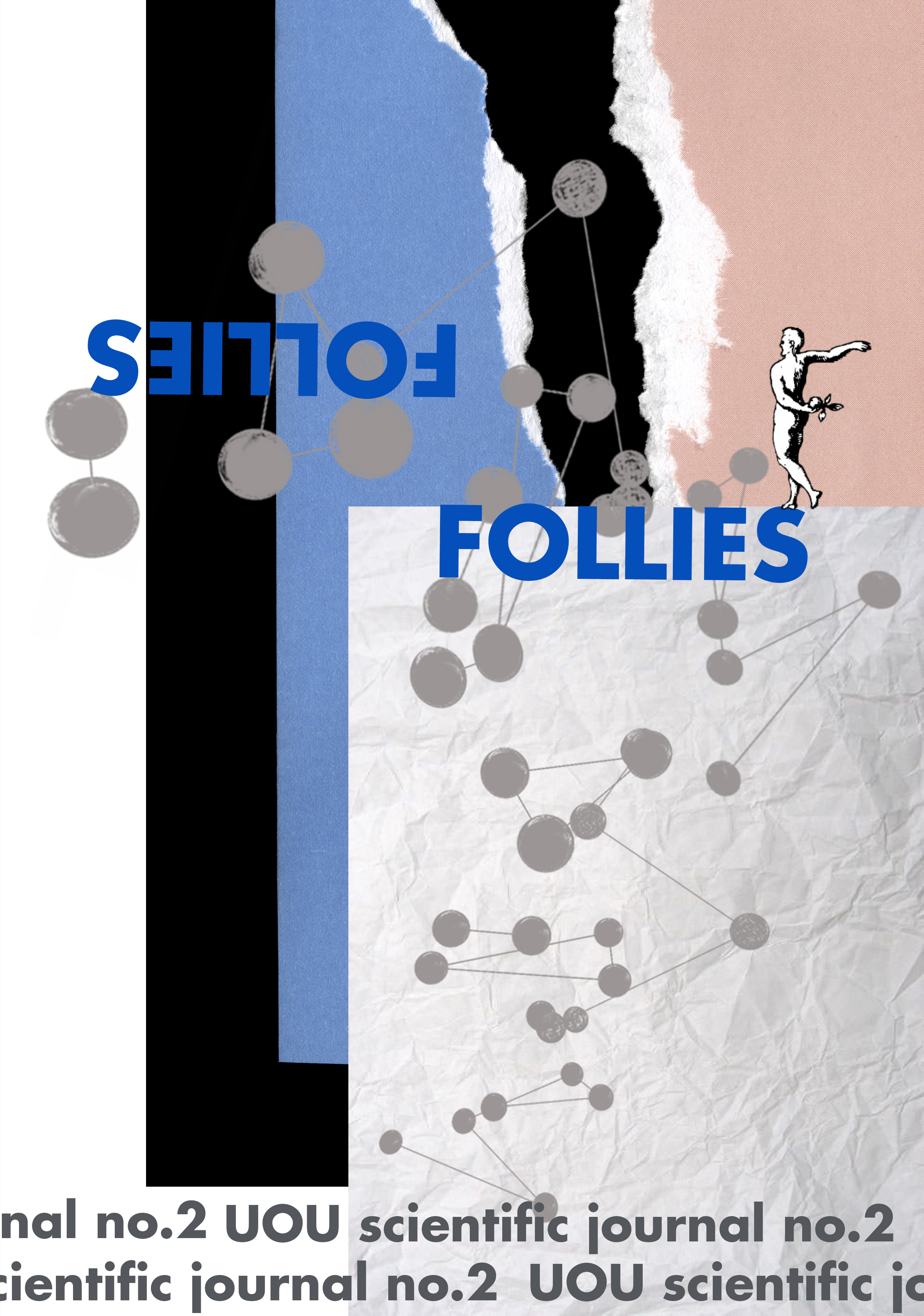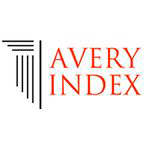CALL UOUsj#02 FOLLIES

June 21: OPEN CALL
July 15: Abstract Submission DEADLINE (voluntary for feedback)
August 15: Submission DEADLINE September 1: notification of PEER-REVIEW Evaluation
September 30: Final Submission DEADLINE
editor in chief: sofia aleixo
This call for articles aims at exploring the notion of FOLLIES in the field of research in architecture and urbanism in an international framework.
click here for download the complete CALL
The French word folie stands for delight and pleasure, and therefore fun and happiness. First built in the late 16th and early 17th centuries, Follies were buildings constructed purely for aesthetic pleasure, with a notion of nonsense, i.e., with a lack of good sense or foresight, resulting in often extravagant pieces of architecture with no particular function. Towers, temples, castles, pyramids, or fake ruins of classical buildings were symbolic statements of ununderstood constructions, sometimes with some practical value as landmarks, as viewpoints or as amusement places, often offering a sensorial experience.
However, in the late 19th century the architect Louis Sullivan maxim “form follows function” dismissed ornament from industrialised modern architecture and changed how architecture was thought. Since then, as by definition Follies did not have a specific use function, it could not be established a form, and these perennial constructions seem to have lost their purpose.
COVID challenges Sullivan’s maxim: as the purpose is to build not to respond to a functional need but rather to be attractive and recover a sense of fun and pleasure that has been taken away for more than a year, how can spaces reengage people with each other, and with cities? How to attract people to give the spaces meanings and transform previous sad and empty spaces into lively and safe places? Are functional spaces needed or are socio-cultural public places needed more? Will buildings creation need to be rethink with no specific purpose or intention in mind? Will urban and architecture policies attain to these needs?
This issue focus on Follies and aims at publishing work that explores the impacts of COVID19 in peoples’ daily lives and the role of the architect and the artist in providing meaningful places for socio-cultural exchanges in new and imaginative ways. We are particularly interested in research that questions and provides a comprehensive review on the pedagogical results of the work conducted in the last academic year, cross disciplinaries, as well as the current state-of-the-art on issues related to challenges posed by the pandemic to socio-cultural placemaking.












